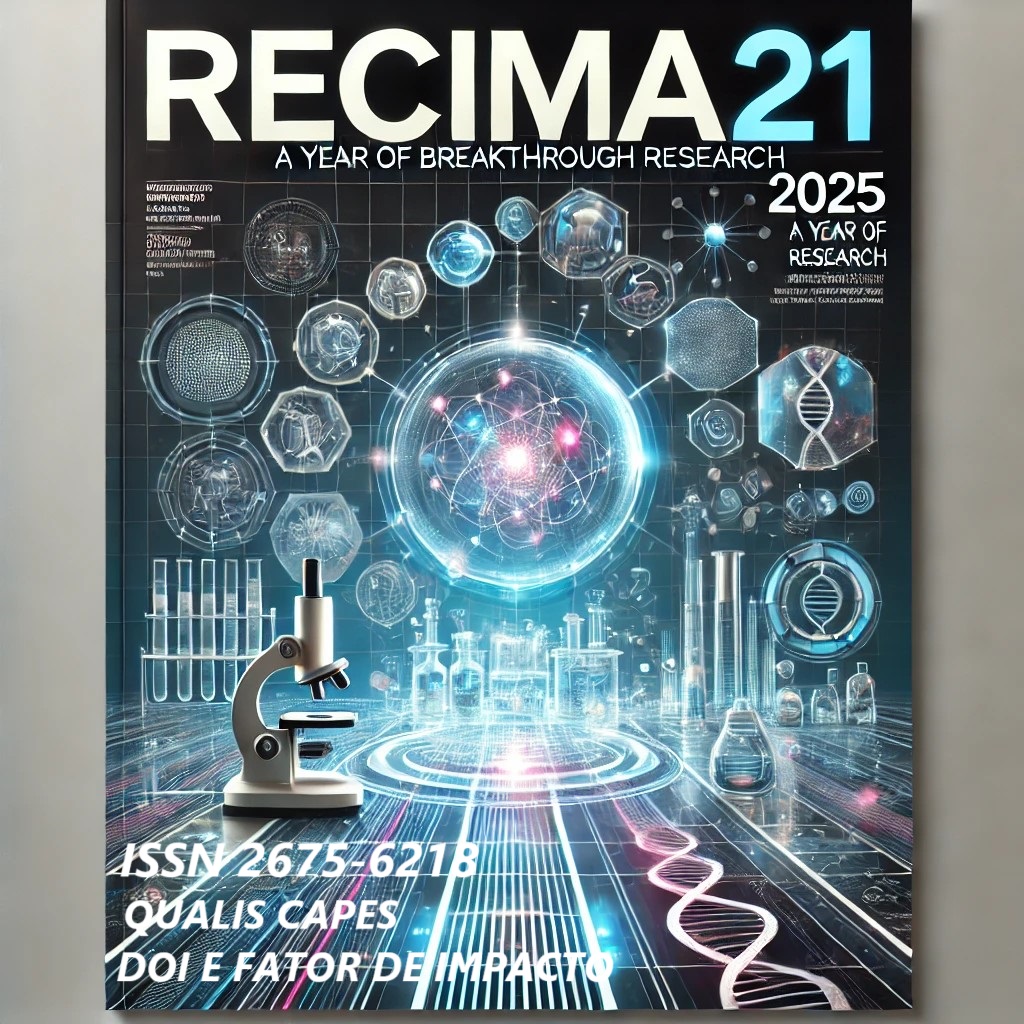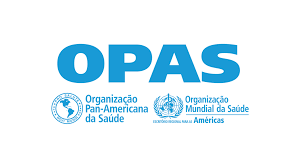COMPARATIVE EFFICIENCY OF TELEMEDICINE MODELS: AN ANALYSIS OF THE HYBRID MODEL VERSUS THE FULLY REMOTE MODEL IN THE CONTEXT OF PUBLIC HEALTH
DOI:
https://doi.org/10.47820/recima21.v6i7.6582Keywords:
Access to healthcare. Social inequality. Patient engagement. Humanization. Public health. Telemedicine.Abstract
This study compared the efficiency of two telemedicine models — the fully remote and the hybrid — in two municipalities in the state of São Paulo. The objective was to assess which model offers greater efficiency in terms of appointment utilization, patient engagement, and reduction of no-shows and losses. Monthly data on available appointments, scheduling, consultations completed, absences, and primary loss were analyzed, collected between February and October 2024. The results showed that the hybrid model was significantly more efficient, with an average utilization rate of 74.5% (compared to 6.5% for the fully remote model), an average primary loss of 12.4% (versus 93.8%), and an average no-show rate of 18.5% (versus 35.2%). Beyond operational efficiency, the findings highlight the importance of in-person support, provided in the hybrid model, for humanizing care. It is concluded that the hybrid model is a more viable and inclusive strategy for telemedicine, especially in contexts marked by social and technological inequalities, aligning with the principles of universal access to healthcare promoted by the Brazilian Unified Health System (SUS). The expansion of this model to other regions of the country is recommended, with a focus on vulnerable populations and hard-to-reach areas.
Downloads
References
BECKER, S. ADAMS, E. et al. Digital interventions for older people experiencing homelessness: systematic scoping review. Journal of Medical Internet Research, v. 27, e63898, 21 fev. 2025. DOI: https://doi.org/10.2196/63898. DOI: https://doi.org/10.2196/63898
BRASIL. Ministério da Saúde. Manual técnico de gestão da qualidade de vida no trabalho no SUS. Brasília, DF: Ministério da Saúde, 2023. Disponível em: https://digisusgmp.saude.gov.br/storage/conteudo/W2jOMcLWqx1wLMZMqx7Y6MMVFCjxGgR1WzGIcOqC.pdf. Acesso em: 27 set. 2024.
CAETANO, R. et al. Desafios e oportunidades para telessaúde em tempos da pandemia pela COVID-19: uma reflexão sobre os espaços e iniciativas no contexto brasileiro. Cadernos de Saúde Pública, v. 36, n. 5, e00088920, 2020. DOI: https://doi.org/10.1590/0102-311X00088920. DOI: https://doi.org/10.1590/0102-311x00088920
CHU, M. et al. Telemedicine-based integrated management of atrial fibrillation in village clinics: a cluster randomized trial. Nature Medicine, 21 fev. 2025. DOI: https://doi.org/10.1038/s41591-025-03511-2. DOI: https://doi.org/10.1038/s41591-025-03511-2
CONSELHO FEDERAL DE MEDICINA (Brasil). Resolução CFM nº 2.314, de 20 de outubro de 2022. Brasilia: CFM, 2022. Disponível em: https://sistemas.cfm.org.br/normas/arquivos/resolucoes/BR/2022/2314_2022.pdf. Acesso em: 6 out. 2024.
GEORGE, J. M. et al. Collaboration between a tertiary pain centre and community teams during the pandemic. British Journal of Community Nursing, v. 25, n. 10, p. 480–488, 2 out. 2020. DOI: https://doi.org/10.12968/bjcn.2020.25.10.480. DOI: https://doi.org/10.12968/bjcn.2020.25.10.480
INSTITUTO BRASILEIRO DE GEOGRAFIA E ESTATÍSTICA (IBGE). Censo demográfico 2022: resultados da população por município. Rio de Janeiro: IBGE, 2022. Disponível em: https://censo2022.ibge.gov.br/. Acesso em: 9 jul. 2025.
KAROS, K. et al. The social threats of COVID-19 for people with chronic pain. Pain, v. 161, n. 10, p. 2229–2235, out. 2020. DOI: https://doi.org/10.1097/j.pain.0000000000002004. DOI: https://doi.org/10.1097/j.pain.0000000000002004
LISBOA, K. O. et al. A história da telemedicina no Brasil: desafios e vantagens. Saúde e Sociedade, v. 32, n. 1, e210170pt, 2023. DOI: https://doi.org/10.1590/S0104-12902022210170pt. DOI: https://doi.org/10.1590/s0104-12902022210170pt
ORGANIZAÇÃO DAS NAÇÕES UNIDAS (ONU). Objetivos de desenvolvimento sustentável. Brasília, DF: ONU–Brasil, 2017. Disponível em: https://brasil.un.org/pt-br/sdgs. Acesso em: 23 fev. 2025.
PEREZ, C. Telemedicine offers solutions for the rural disparities in infectious disease (ID) care delivery. Open Forum Infectious Diseases, v. 12, n. 2, ofaf052, 4 fev. 2025. DOI: https://doi.org/10.1093/ofid/ofaf052. DOI: https://doi.org/10.1093/ofid/ofaf052
SALMON, C. et al. An analysis of telehealth in a post-pandemic rural, Midwestern community: increased comfort and a preference for primary care. BMC Health Services Research, v. 25, n. 1, p. 270, 18 fev. 2025. DOI: https://doi.org/10.1186/s12913-025-12413-5. DOI: https://doi.org/10.1186/s12913-025-12413-5
SENGUPTA, A.; PETTIGREW, S.; JENKINS, C. R. Telemedicine in specialist outpatient care during COVID-19: a qualitative study. Internal Medicine Journal, v. 54, n. 1, p. 54–61, jan. 2024. DOI: https://doi.org/10.1111/imj.16288. DOI: https://doi.org/10.1111/imj.16288
SILVA, Í. S. et al. Digital health interventions and quality of home-based primary care for older adults: a scoping review protocol. Frontiers in Public Health, v. 10, 1022587, 9 jan. 2023. DOI: https://doi.org/10.3389/fpubh.2022.1022587. DOI: https://doi.org/10.3389/fpubh.2022.1022587
SILVA, Í. S. et al. Digital home care interventions and quality of primary care for older adults: a scoping review. BMC Geriatrics, v. 24, n. 1, p. 507, 10 jun. 2024. DOI: https://doi.org/10.1186/s12877-024-05120-z. DOI: https://doi.org/10.1186/s12877-024-05120-z
TOENNE, R. et al. Exploring the viability of telehealth integration into specialised paediatric palliative care. International Journal of Palliative Nursing, v. 31, n. 2, p. 58–67, 2 fev. 2025. DOI: https://doi.org/10.12968/ijpn.2025.31.2.58. DOI: https://doi.org/10.12968/ijpn.2025.31.2.58
WANKAH, P. et al. Improving digital cancer care for older Black adults: qualitative study. Journal of Medical Internet Research, v. 27, e63324, 19 fev. 2025. DOI: https://doi.org/10.2196/63324. DOI: https://doi.org/10.2196/63324
WORLD HEALTH ORGANIZATION (WHO). Recommendations on digital interventions for health system strengthening. Geneva: WHO, 2019. Disponível em: https://www.ncbi.nlm.nih.gov/books/NBK541905/. Acesso em: 27 set. 2024.
XAVIER, P. B. et al. Impact of digital health on the quality of primary care for people with chronic noncommunicable diseases: a scoping review protocol. PLoS ONE, v. 20, n. 2, e0316278, 21 fev. 2025. DOI: https://doi.org/10.1371/journal.pone.0316278. DOI: https://doi.org/10.1371/journal.pone.0316278
ZHONG, C. et al. Digital health interventions to improve mental health in patients with cancer: umbrella review. Journal of Medical Internet Research, v. 27, e69621, 21 fev. 2025. DOI: https://doi.org/10.2196/69621. DOI: https://doi.org/10.2196/69621
Downloads
Published
License
Copyright (c) 2025 RECIMA21 - Revista Científica Multidisciplinar - ISSN 2675-6218

This work is licensed under a Creative Commons Attribution 4.0 International License.
Os direitos autorais dos artigos/resenhas/TCCs publicados pertecem à revista RECIMA21, e seguem o padrão Creative Commons (CC BY 4.0), permitindo a cópia ou reprodução, desde que cite a fonte e respeite os direitos dos autores e contenham menção aos mesmos nos créditos. Toda e qualquer obra publicada na revista, seu conteúdo é de responsabilidade dos autores, cabendo a RECIMA21 apenas ser o veículo de divulgação, seguindo os padrões nacionais e internacionais de publicação.













